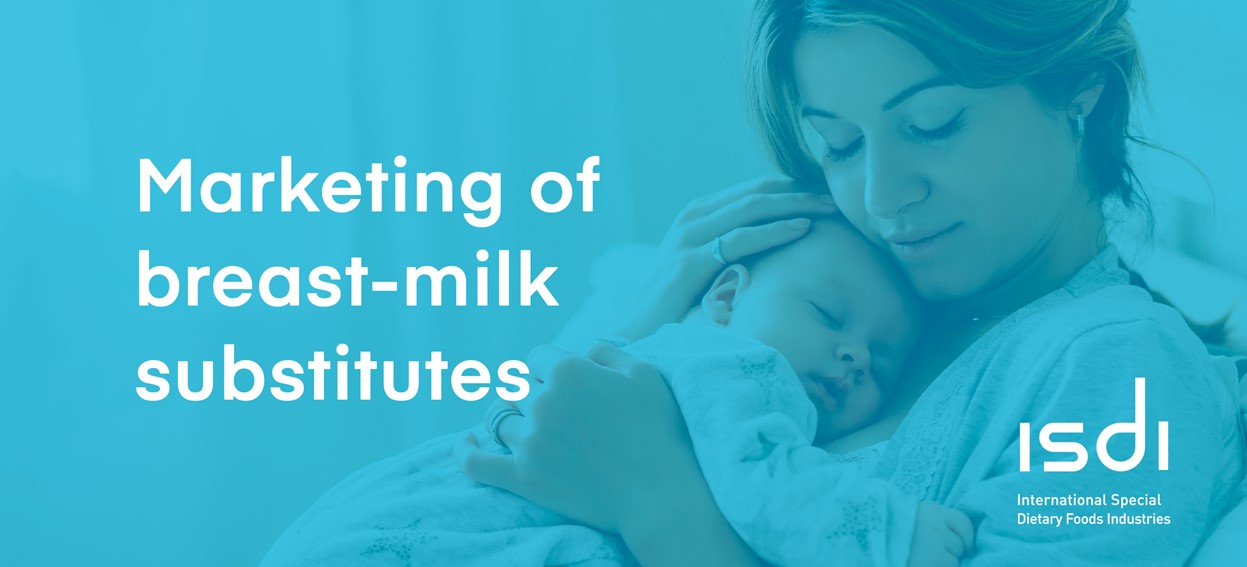Marketing of Breast-Milk Substitutes
ISDI and its members are committed to ethical and responsible marketing, including all aspects of digital marketing.
We respect the aims and principles of the World Health Organization’s 1981 International Code of Marketing of Breast-Milk Substitutes (WHO Code), which is “to contribute to the provision of safe and adequate nutrition for infants, by the protection and promotion of breastfeeding, and by ensuring the proper use of breast-milk substitutes, when these are necessary, on the basis of adequate information and through appropriate marketing and distribution.”
The WHO Code and subsequent World Health Assembly resolutions are recommendations[1] directed to member states, to translate, as appropriate, into local legislation, regulations or other suitable measures based on their national context, aligned with local health development objectives.
Digital marketing is only one of many forms of what is broadly referred to as “marketing” or “promotion.” It is merely a channel for, and not an excluded category of, marketing. As such, it is already covered by the WHO Code, relevant WHA resolutions and national laws. The WHO Code and subsequent WHA resolutions contain definitions whose scope is broad enough to encompass any and all methods of marketing, including digital ones.[2] Resolution WHA69.9 even makes specific reference to digital communications.[3]
ISDI members comply with all laws and regulations in the countries in which they operate, including WHO recommendations as implemented in national law.
Find out more about how our industry approaches the digital marketing of breast-milk substitutes by following the links below.
[1] WHA34/1981/REC/1 (Annex 3) ‘THE LEGAL AND OTHER IMPLICATIONS OF THE ADOPTION OF THE DRAFT INTERNATIONAL CODE OF MARKETING OF BREAST -MILK SUBSTITUTES AS A REGULATION OR AS A RECOMMENDATION’
[2] The WHO Code defines marketing – in broad terms – as “product promotion, distribution, selling, advertising, product public relations, and information services.”
[3] Within its scope, resolution WHA69.9 includes communications: “through traditional mass communication channels, the Internet and other marketing media using a variety of promotional methods.” (emphasis added)

